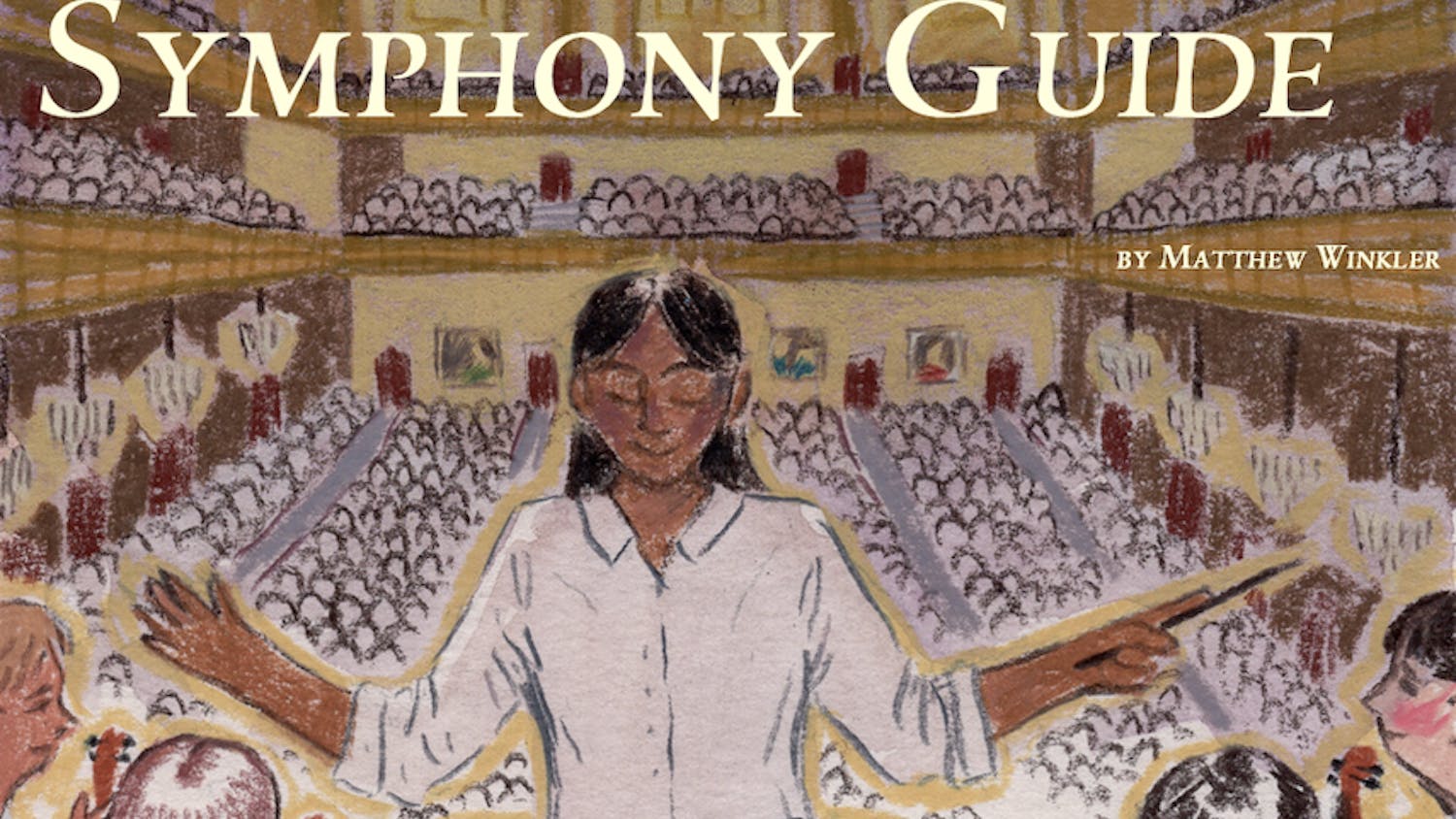There are about 600 to 700 sophomores at other universities right now whose place on the Tufts admissions waitlist didn't do them much good.
But 40 members of this year's freshman class would disagree. So would Dean of Admissions Lee Coffin, who says that the waitlist becomes most useful when the numbers in the enrolling class do not reflect the level of diversity sought by the Office of Undergraduate Admissions.
The Admissions Office employs a yield model that uses historical data to predict the decisions of different students who may vary in their ethnicity, academic interests or geographic locations.
There is, however, an inherent problem in the yield model, which leads to cases like the too-large Class of 2009.
"The data reflects behavior of 17- and 18-year-olds," Coffin said. "You're fickle. [There is a] human element."
It's also complicated to predict who will enroll at Tufts when students are applying to more and more schools. A student who applies to 18 colleges has to turn down 17 places, Coffin said. Controlling the size of the class when it's easy to apply to many places is more difficult.
Coffin believes a part of the reason for this is the "common application and the ease of applying. Ten years ago, you didn't have that luxury."
When the model predicts the numbers inaccurately on the lower end, Coffin said, the waitlist allows the Admissions Office to introduce diversity and create a less homogenous class.
"[That's] the strategic part of my work that most students and parents don't think about," Coffin said. Admissions must "map out" the class based on goals that it has for a diverse student body.
Admissions offers about 1,800 students a place on the waitlist each year, but about 600 to 700 choose to stay on it, he said. This gives Admissions a wide variety of students to pick from in order to fill areas where the student yield falls short.
Coffin hopes that students understand that if they are placed on the waitlist, they are qualified to attend the university. "It says to a student, 'We liked you; we just didn't have room,'" he said.
In addition to filling in the gap between admissions predictions on which students will enroll and the reality, the waitlist also backs up admissions predictions of the overall number that will.
Two years ago, Admissions underestimated the number of accepted students who would choose to enroll in the Class of 2009. As a result, that class became the largest on campus with 1,367 students that matriculated. Admissions did not select students from the waitlist.
In choosing how many applicants to accept into the Class of 2010, admissions tried to model more conservatively, Coffin said.
Too few students enrolled in the class that time, and Admissions accepted 40 additional applicants from the waitlist.
"The goal is to figure out of 15,000 applicants [who] should and can we admit without over- or under-filling [the class]," Coffin said. "The waitlist [gives] us a safety net."
Other universities use the waitlist more than Tufts, also to ensure class diversity.
"The waitlist is important from a university standpoint," Liz Borge, Senior Assistant Director of Admissions at Boston College, said. "We use the waitlist to shape the class if we're short on enrollment goals."
Last year "we had an active waiting list of over a thousand students," she said. "We took close to 150."
That year, Vassar offered a spot on the waitlist to 900 students, almost 450 elected to stay on it, and 50 enrolled, Dean of Admissions David Borus said.
Coffin said he understands that being waitlisted can be frustrating for applicants but does not consider it to be a negative message.
"The thing a lot of students miss is that it is a positive decision," Coffin said. "You were in between the 27 percent that got in and the 10,000 that got rejected."





